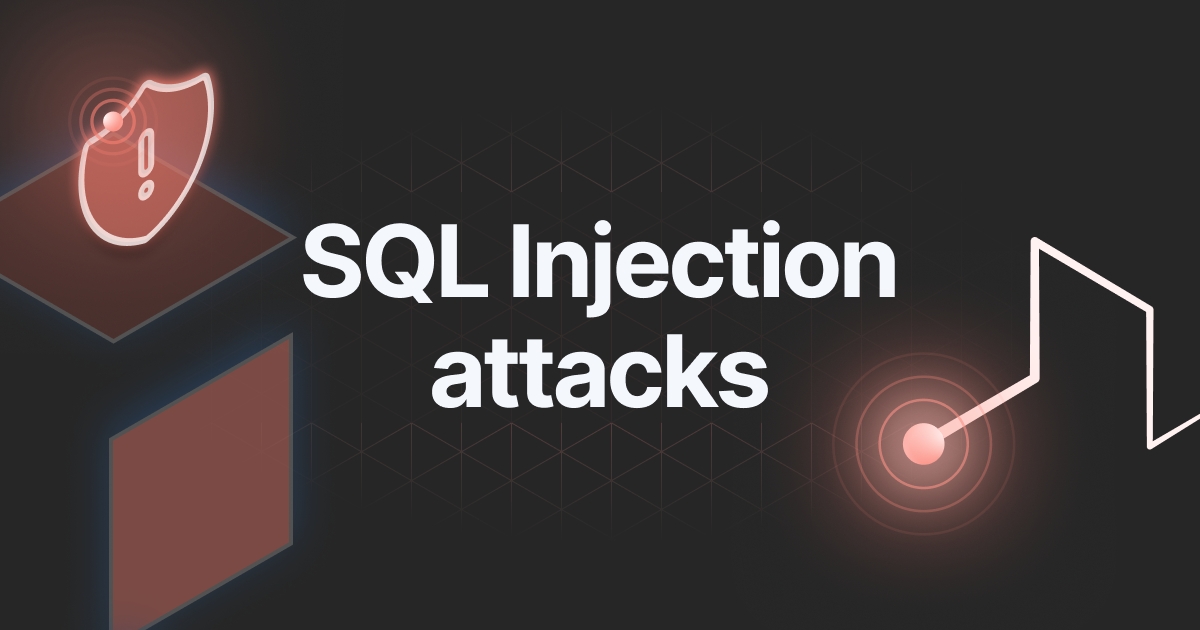Security researchers have disclosed a critical vulnerability within Grafana, a widely used open-source platform for data visualization and monitoring. This flaw exposes users to potential data breaches and other security risks through a technique known as SQL injection.
SQL injection exploits weaknesses in how applications handle user input. By injecting malicious code into seemingly harmless queries, attackers can manipulate databases and potentially gain unauthorized access to sensitive information. In the case of Grafana, the vulnerability resides in its handling of user-defined queries used to extract data for visualizations.
The severity of this vulnerability lies in the potential for attackers to leverage compromised user credentials to launch these SQL injection attacks. With valid login details, a malicious actor could craft and execute arbitrary SQL queries within the Grafana backend. This could allow them to steal sensitive data, tamper with stored information, or even disrupt core functionalities of the platform.
The vulnerability affects all versions of Grafana, highlighting the importance of immediate action for users. Fortunately, the Grafana development team has acknowledged the issue and released a security patch to address it. Users are strongly advised to upgrade to the latest version (version 8.5.1 or later) at the earliest to mitigate the risk of exploitation.
While patching remains the primary defense, security best practices can further reduce the attack surface. Implementing strong password policies and enforcing multi-factor authentication can significantly hinder attempts to gain unauthorized access, even if attacker possession of credentials occurs. Additionally, organizations should consider implementing database user accounts with limited privileges specifically for Grafana's operation. This approach minimizes the potential damage inflicted if a successful SQL injection attack takes place.
The discovery of this vulnerability underscores the ongoing need for vigilance in the realm of cybersecurity. As threat actors develop increasingly sophisticated techniques, maintaining updated software and adhering to robust security protocols remain essential for protecting critical systems and sensitive data.
